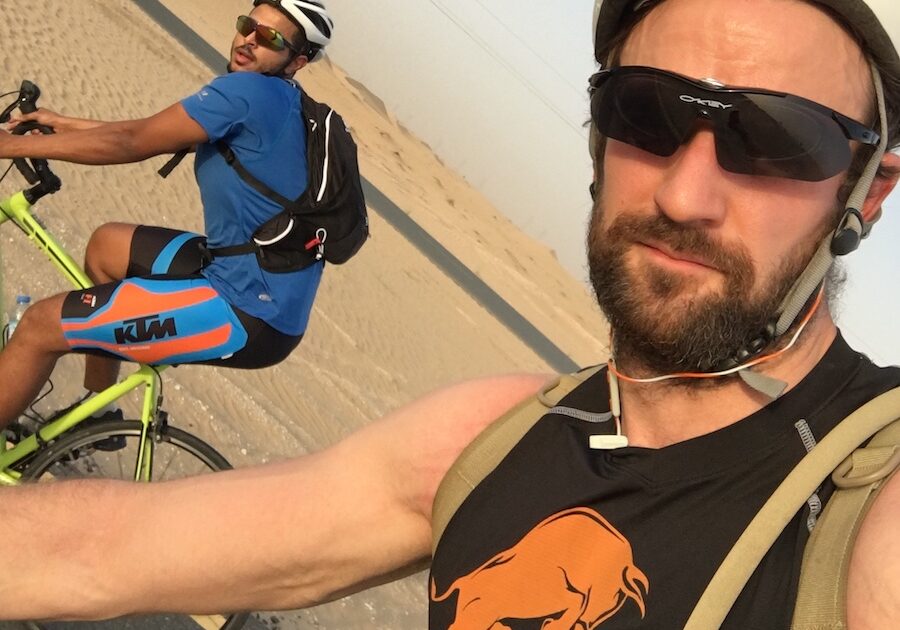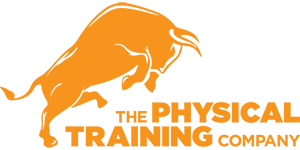HOW OLD WOULD YOU BE, IF YOU DIDN'T KNOW HOW OLD YOU WERE?

I have the luxury of being able to exercise frequently because I work in a gym. So I would say I don’t feel 32, I probably feel a little bit younger, until I get a little bit of hurty-back pain and then I feel about 90.
What is the difference between biological age and chronological age
While there’s no image of a perfect 45 year old, imagine if you were to introduce your friend to somebody and afterwards they were to ask, “how old is that person?”, “45”, and they respond, “Oh they’re 45 wow they look 35!” Compare that person to, “Oh 45 wow, they look about 55”. Now imagine they said the same about you.
This is the potential difference between chronological age, i.e. how long has it been since you were born, and physiological age; where are you on the natural spectrum of healthy growth to healthy degeneration. This is what I tell a lot of people I see, you might be the type of person who looks slim genetically, and you don’t really focus on your diet and you don’t really need to exercise a great deal and you’re in your early 30s, but what happens when you’re 40, you’re not feeding your body any sort of nutrients through movement or through a healthy diet.
So when you’re 40 you’re body is maybe going to represent the normal degeneration of 45-50 year old, and when you’re 50 you’re going to be 60-65 physiologically and when you’re 65-70, you’re going to present as an 80 year old. And what kind of quality of life are you going to have in those later years?
As opposed to preparing for that now, while looking forward to the future. People do look forward to the short term in the sense, of “I don’t want to east those foods because I’m going to get fat or I don’t do well after heavy carb meal”. But think, am I going to commitment to a year of yoga classes because I don’t want to have this back pain get worse or in ten years time I want to be able to play with my kids.
People that I see often present with simple acute injuries like a shoulder pain from playing tennis and now they’re just struggling with an achey stiff shoulder and they just want to get back to playing tennis again because it’s their only release during the week after work. They didn’t realise how long a process is going to be, they assumed they’d go to the Physio and they’d do their ten sessions and they’d back on the court again, and they tend to admit that yeah they’re a little bit older but it didn’t realise the entire process.
People are aware that the older you get the more difficult it is to change your physiology is, to make yourself stronger, to loose weight, to get back to playing the sport you used to play, but that can be enough an aversion for a lot of people to get back into fitness, because the older we get the higher that mountain gets, because it’s now a steeper climb to ever get back to where we were, because we’re thinking back to how easy it was when in our 20s.
A point to note, most of the time the people who are not exercising are instead spending a lot of their time sitting, static, not moving. One of the main principles of growth is that your body will adapt to whatever demand you put on it. So if the only demand you put on it is to stay still, sit and not move the that’s going to have a detrimental effect on your posture, having a poor posture makes exercise way harder.
So you’re not actually just getting away with it, if you’re not exercising you’re actually making yourself worse, you’re going backwards, you’re making more difficult when you do start exercising, so people have to start as soon as possible and start moving.
Another problem is people are afraid to come into a gym because their perception of a gym is heavy weights, young people, half naked people, with muscles and they’re not that so why would they ever go near a gym? That’s only one of the aspects of the big mountain that they face when they want to get back from their sedentary lifestyle, “look I just want to get back to moving around, my back is sore, I can’t get in and out of the car, I can barely put my socks on”.
So trying to manage people’s expectations is the first thing, look we don’t need to go near those weights, we just need you to move, put your body through different dimensions. I’m not talking about this fancy crazy anthropological movement patterns that portrayed online. We just need you to go forward and back and up and down and left and rotate. And then how can we improve on that.
Improving neurological system and coordination can be enough to obtain a big win for a lot of people when they’ve not really touched a weight, they’ve not gone through that physical pain that lots of people associate with going to the gym. They think if I go to the gym I’m going to be in pain for four days afterwards and I’ve got things to do in my week I don’t want to be in agony. And that’s a normal fear to have, compounded by the images posted on Instagram, Facebook, youtube and on television of young fit, military style bootcamp, biggest loser shows. Often that is the last thing an older person wants to have to deal with.
It’s good to have this image all out there because it’s good to induce the subliminal effect that people need to stay healthy we can’t all have fast food and stuff pushed to us by those who make money from poor diets. But there’s an element of a facade that’s happening online where people see the young guys, the models, they see high level crossfire athletes and pro-exercisers train. But that’s not how an member of the public returning to active lifestyle should train. We’re not going to hammer you with weights, together we’re going to take your body and start moving your body through space so you can get control of the movement patterns that you’re going to need to do.
People might not consider themselves injured but beyond a certain time in our lives everybody has a pain or a niggle or something that’s hurting them. They arrive on day one and they answer “no I’m not injured” and we get into the gym and they realise “oh no I can’t do that because my knee…” Ok fine, so now we need to tailor the programme around that knee, because we have to fix that knee before we can move forward. No matter what age you are you need to be robust enough to push yourself to a point where you’re in the training zone to loose weight for example. So we start focusing on the knee and now we’re doing rehab but under the guise of getting started again. It’s not deemed rehab because you didn’t twist your knee, this is a pain from ten years ago that you never addressed.
Resolving the issues around age and pain
So while people aren’t injured they do have something wrong in the back of their mind and that can be enough for them to avoid starting exercise again. “As soon as I exercise, I might go two or three weeks with the guys and then my back hurts again, so what’s the point in starting”. And the cycles of negative lifestyle habits appear again.
Fix the pain first and then you can progress slowly or work at a threshold that’s way below what you think you need to work at, because you’ll get a lot of benefits from just moving and walking and yoga, no load, no impact but treating your brain through movement and the neurological pathways is going to improve everything slowly but you’re going to feel it really quickly.

